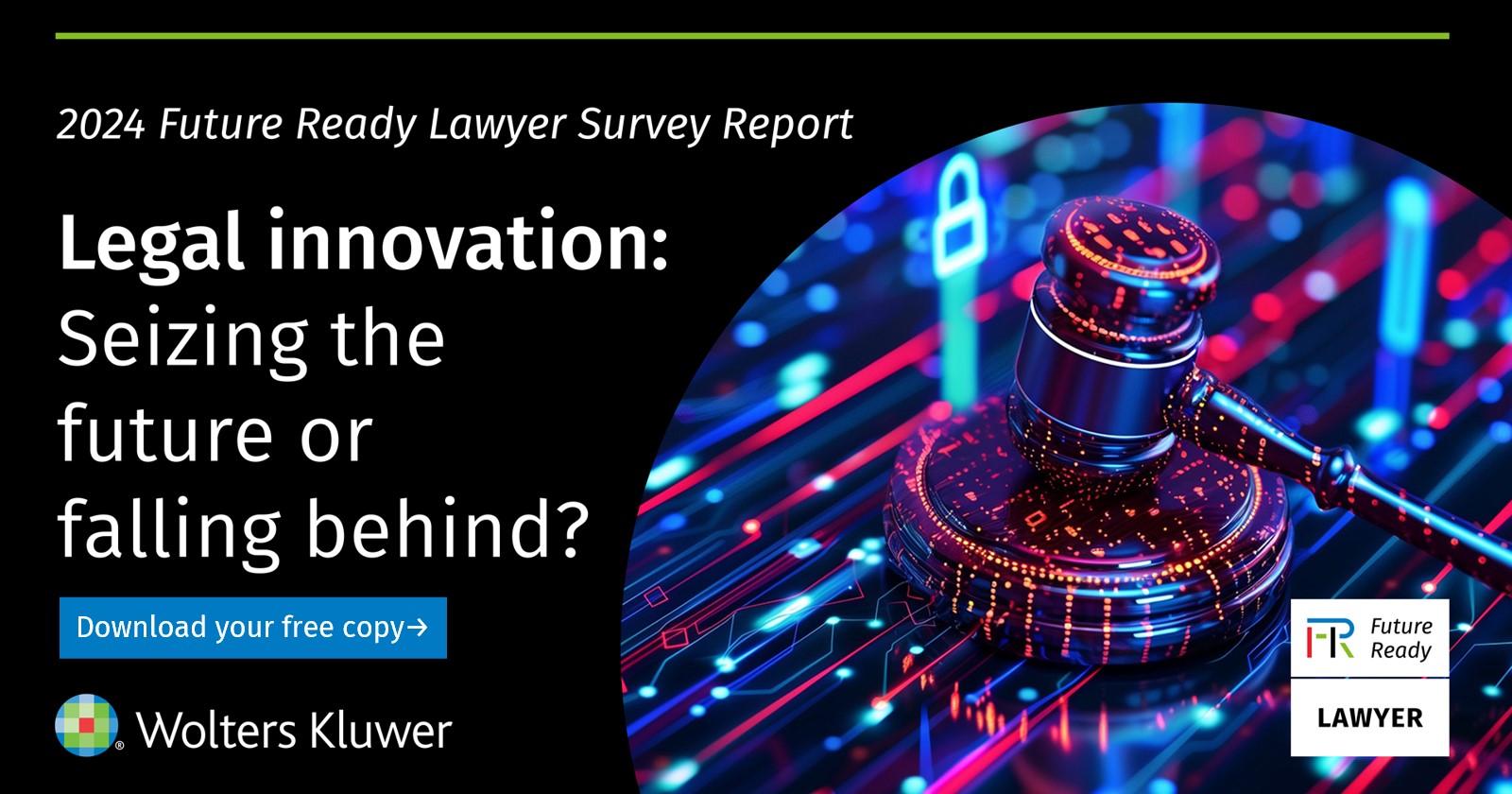
On 11 September 2024, the German Federal Court of Justice (BGH) had to decide on the question of whether photos or videos shared online featuring in their background a photo wallpaper protected by copyright are lawful under an implied license, or if an express authorization of such reproductions is required. In three decisions of that day, the court rejected the appeals filed by an image rights agency owned by a photographer who markets the photo wallpapers based on his own works. In its decision, the BGH expanded the notion of ‘implied license’ into the analog domain. Implied licenses were prior to the decision largely accepted for the use of images and other works posted on the internet by or with the consent of the rightholder (Vorschaubilder I and Vorschaubilder II, see here). The photo wallpapers, however, were exclusively sold in an analog form and context and brought online only by those who purchased, used and made photos and videos that in various forms included the wallpaper available online.
Facts
In all three cases, a professional photographer had sold photo wallpapers with motifs based on his own photographs, which were then installed – as would be expected from wallpapers – on walls of private or commercial premises. Thusly installed, these wallpapers then formed the incidental visual backgrounds of videos or photos shot in a private home or on commercial premises and which were subsequently posted on Facebook (Case I ZR 139/2), which were visible in a screenshot of a website used by a web and media agency owned by the spouse of the owner of a tennis center (Case I ZR 140/23), and which appeared in a photograph of a hotel room on the website of that hotel (Case I ZR 141/23).
Implied consent for analogue uses
The BGH did not consider it necessary to address the appeal court’s finding that the photo wallpapers did not constitute incidental works, meaning works that are incidental to the actual subject matter reproduced by an infringing act pursuant to § 57 of the German Copyright Act (UrhG). Instead, the court found the uses to be permitted by an implied license. Focusing on the latter aspect, the BGH held that a use can be permitted by the assent of the rightholder or another authorized person, an assent that can be given tacitly. Whether assent has been declared tacitly must be judged based on the objective content of the declaration from the perspective of the recipient of that declaration. The BGH expressly rejected that such an implicit consent for certain uses is limited to cases with a consent-based publication of images on the internet by the rightholder himself, as was the case in Vorschaubilder I and II. Instead, the possibility to give implicit consent to the use of a protected right constitutes a general legal principle, and therefore applies to cases of analogue and digital making available alike. Accordingly, the restriction of a right protected by copyright through implied consent is possible, insofar as the rightholder must expect certain types of use of the work as a usual form of performance of the right in the relevant circumstances, in short: when it is a predictable, socially adequate use of a work.
The BGH expressly rejected the interpretation of the appealing party that an implied consent must be interpreted narrowly to avoid potential collision with the scope of application of an existing exception to the exclusive rights (here § 57 UrhG). It confirmed that legal limitations (or exceptions) to the exclusive rights under copyright as well as the institution of implied consent can exist side by side. In any case, a rightholder could permit (through implied consent or express permission) more than what would be allowed under the scope of application of a normatively anchored permitted use.
As a result, the BGH rejected the appeal, considering that the photo wallpaper had been sold for the purpose of decorating both private and commercial premises. It therefore had to be anticipated at the time of sale that images or videos would be made in these venues with the wallpaper as background and potentially also be made available to the public via the internet. A removal or other efforts to make the wallpaper unrecognizable on those images or videos could not be reasonably expected. Moreover, the vendor of the wallpapers had not, but could have in principle, excluded that use expressly at the time of sale within the contractual framework.
The problem of broad implied licenses and alternative routes
The decisions give reason for criticism: The ruling creates legal uncertainty by broadening the scope of implied licenses – or one could argue by making it technology-neutral – even beyond the CJEU’s ruling in Soulier & Doke (see here) and the BGH’s Vorschaubilder I and II decisions. Although the decision is agreeable in its concrete result, it carries potential negative impact on typical and expectable forms of use of copyright protected works. While the BGH interprets the notion of implied license broadly, it implicitly suggests that the rightholder can expressly opt-out certain uses of a work at the time of sale. As a result, rightholders could be incentivized to broadly restrict the use of their works by ‘creative contracting’, and thereby limiting ordinary but undesired uses. Even the use of a work that would otherwise fall within the scope of an exception and limitation could be contractually excluded. Currently, only the new exceptions introduced by the CDSM Directive are expressly protected against contractual override.
With this risk in mind, the path the BGH has taken leaves a back door open for strong copyright protection, not on the basis of a firm and foreseeable legal framework, but based on private ordering that can cause severe limitations on the exercise of otherwise lawful uses. Particularly problematic would be contractual restrictions that limit the exercise of exceptions with a strong fundamental rights dimension (e.g. parody, but also uses for other creative, educational or scientific purposes).
In the context of standard terms and conditions, limitations to otherwise ‘ordinary’ uses could be mitigated by a control of those contractual clauses to the effect that usually foreseeable uses must be considered as ‘surprising clauses’. For any other agreements, contractual or otherwise, better protection could – and arguably should – be safeguarded by protecting uses within the scope of an exception or limitation against contractual override. A question that the BGH did not address is whether the enforcement of copyright against uses that are to be expected to be performed by users of embodied reproductions of protected works could constitute an act of bad faith (§ 242 of the German Civil Code), or more generally an abuse of rights (see here) in copyright law. With limiting its focus on implied licenses and opening the door to their contractual override, the BGH thus missed the opportunity to provide more clarity for cases in which common and broadly practiced and accepted social conduct is at stake.
________________________
To make sure you do not miss out on regular updates from the Kluwer Copyright Blog, please subscribe here.


